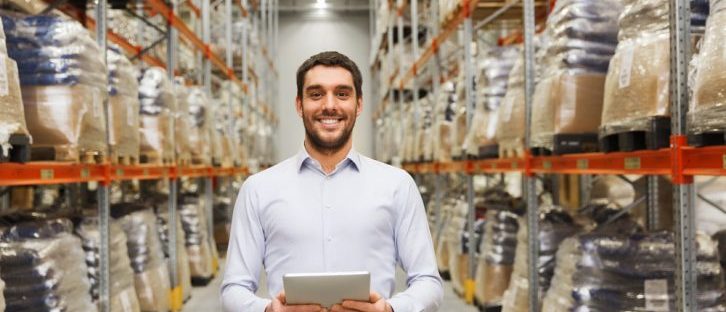The weather has been turning quickly, as temperatures across the United States are plummeting. For businesses of all types and sizes, wintertime brings about a lot of changes to store policies, hours, maintenance and inventory. It’s good to begin prepping your business now so you’re fully prepared for all that winter brings. 1. Prepare Your … Continue reading Preparing Your Business for the Cold Weather Ahead
6 Strategies for Streamlining Your Workforce
Many business owners feel as though the workforce isn’t operating as efficiently as it should, yet are at a loss for how to improve productivity. Short of firing your staff and starting anew, what strategies are actually effective at boosting work performance and streamlining the workforce? Here are some simple and cost-effective ways to get … Continue reading 6 Strategies for Streamlining Your Workforce
Honing in on the Perfect Profit Margin
Business owners need to possess multifaceted skillsets. Not only is it imperative to possess exceptional work ethic and business management skills, but you need to be an excellent writer, a mathematician and a creative thinker, as well. When it comes to finding the ideal profit margin, it requires both excellent mathematical skills and innovative thinking. … Continue reading Honing in on the Perfect Profit Margin
Leverage the Pokémon Go! Trend to Catch More Customers
Pokémon Go! is the latest trend, and it has been sweeping the nation with haste. It’s estimated to have 9.5 million active users each day, and players range in ages from young children to senior citizens. It’s safe to say, this Pokémon Go! craze is popular among all age groups and will likely remain trendy for quite … Continue reading Leverage the Pokémon Go! Trend to Catch More Customers
5 Red Flags Signaling the Need for a New Wholesale Supplier
Every business owner knows the importance of a quality supplier. The supplier forms the very foundation of the business, providing you with a vast selection of quality merchandise, partially determining your profit margin and ensuring your shelves are always stocked. With the wrong supplier, your business will suffer, and keeping your doors open will feel … Continue reading 5 Red Flags Signaling the Need for a New Wholesale Supplier
5 Products That Can Reduce Your Environmental Impact
Environmental awareness has become more prevalent in recent years as people become increasingly concerned with global warming, water scarcity and the depletion of fossil fuels. Whether out of concern for the environment or a desire to save money, decreasing your impact on the Earth offers numerous benefits. There are countless ways to ease your environmental … Continue reading 5 Products That Can Reduce Your Environmental Impact
Don’t Care About Alibaba? Here’s Why It May Matter
When the Alibaba Group Holding prices its initial public offering Thursday, small businesses, in particular, will be watching. Founder Jack Ma—the former English-teacher-turned-dot-com-billionaire—has touted his e-commerce platform as a way for smaller merchants to expand their international footprint, including access to consumers in China. In its September 5th filing with the Securities and Exchange Commission (SEC), Alibaba said … Continue reading Don’t Care About Alibaba? Here’s Why It May Matter
Buyer Beware
It involved only about 1% of the suppliers on its global online marketplace, but the word from Alibaba.com last month was startling to retailers who pore through its webpages looking for products to buy at wholesale—[m]ore than 2,300 of Alibaba’s supposedly trustworthy China Gold [s]uppliers in 2009 and 2010 engaged in fraud, ringing up on … Continue reading Buyer Beware


